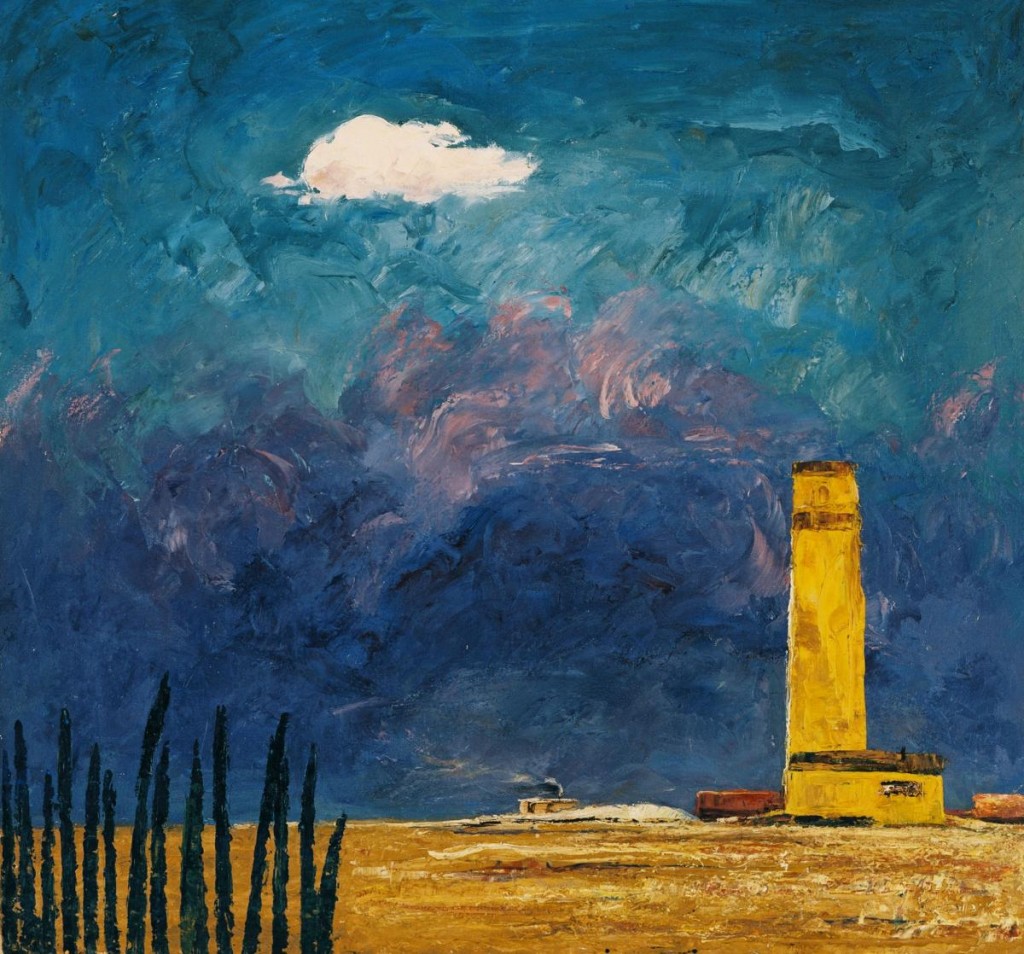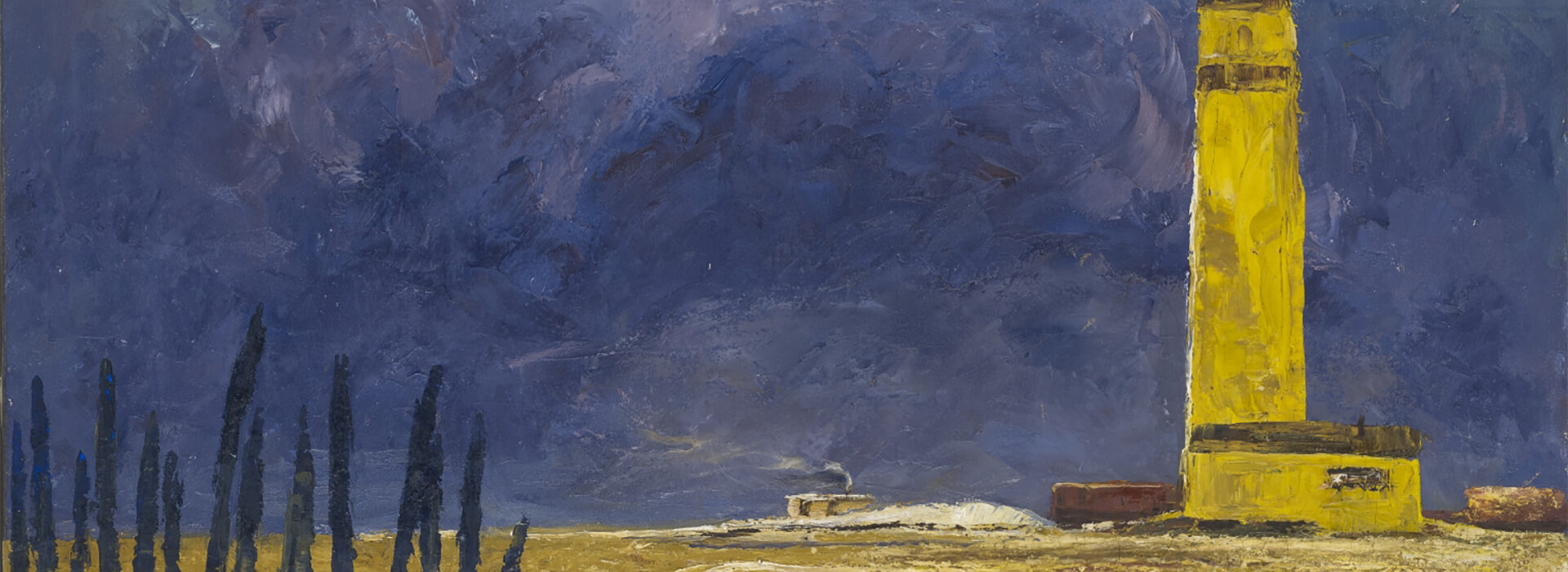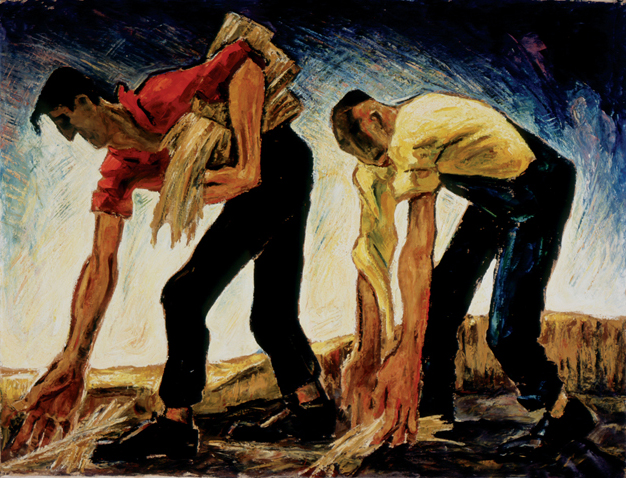The journey of the Clyfford Still Museum collection is not unlike that of the collections belonging to many of us living here in Denver—stowed in bags, portfolios, cases, files, rolled up, carried across country, arriving at a final destination. In Still’s case, imagine—works he created in the 1930s in Nespelem, WA were moved around the country for five decades, to other points west, points east, finally stored in Maryland, and then to a home in Denver, west again.
Since November, we’ve shared the story of the Clyfford Still collection in our galleries with thousands of visitors. Inevitably we discuss why Denver was the place for the collection, and why the Still family chose Denver, finally, after countless other inquiries from cities across the country. The answer lies in the first galleries of the Inaugural Exhibition.
The paintings of Depression-era farm workers, the drawings of the people of Nespelem, and the early monumental abstractions, expose a shared experience of the west.
From the visitors who have identified farm equipment and machine parts in the work, enriching our vocabulary and understanding of the authenticity of Still’s account, to those who have visited from Canada and see their home in the brown wheat fields, to the vastness and sublime grandeur of the abstract works, evoking for some, western skies, the great plains, or even, the abstract freedom promised by the western expanse, it is the reveal of the early work that has intrigued both visitors and staff, and speaks to the collection’s ultimate home in the west, in Denver.
This exploration invigorates discussion in our galleries, and excites our guides and staff. What is this work about? What do we know about Clyfford Still? What do we (with you) see in the work that expands our view of the artist and museum?

In our lecture series, WESTERN ROOTS, together our three guests Dr. Emily Neff, Melanie Yazzie, and Thomas Smith weave a story that considers how the journey of the collection, and the images therein, reflect a Western spirit, while also exploring just what that western sensibility means. What has “the west” meant to artists, writers, explorers, and how has that translated into what we see in the work of Clyfford Still, in the work of modern artists, the Abstract Expressionists, and maybe, in our own lives, as westerners today?

